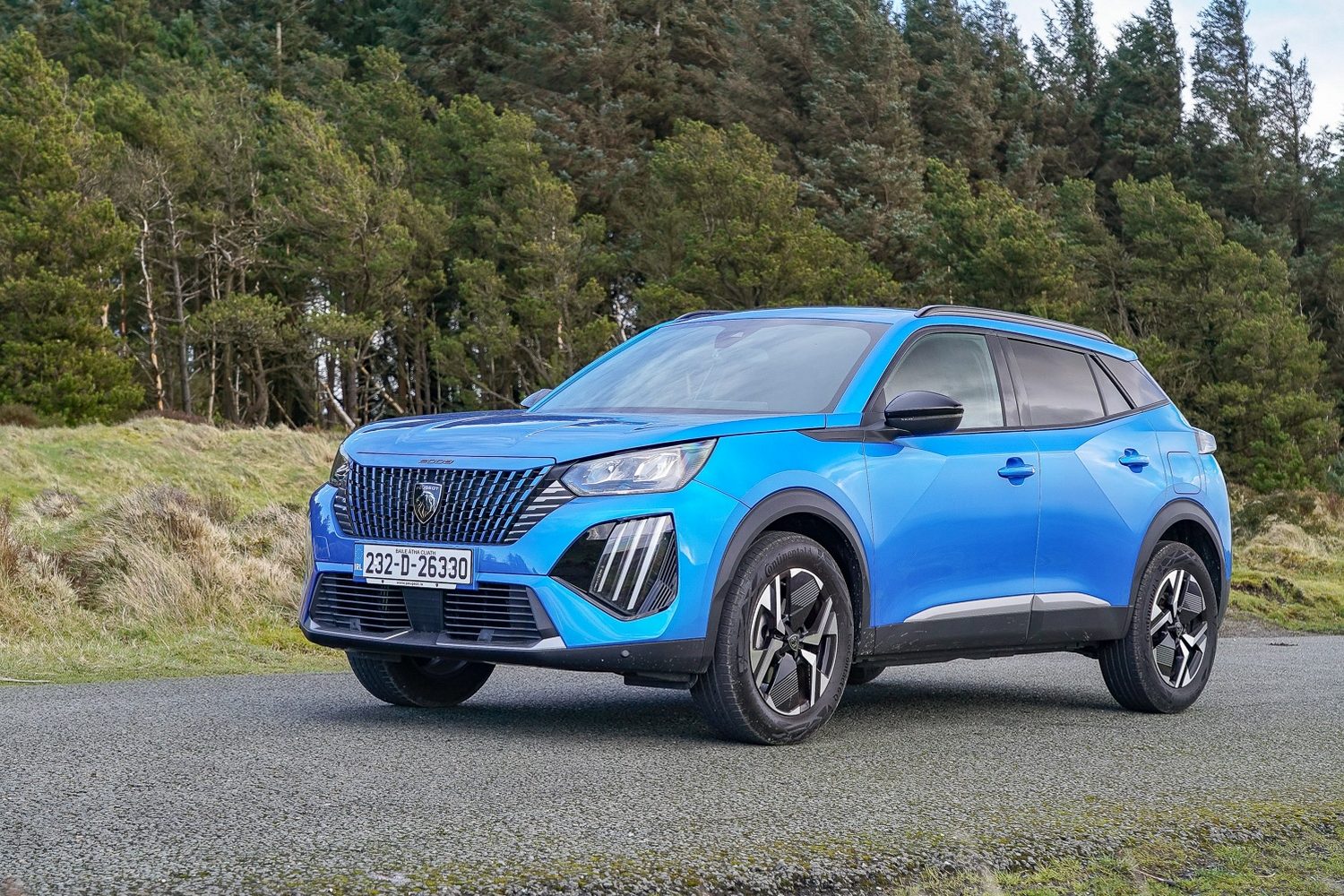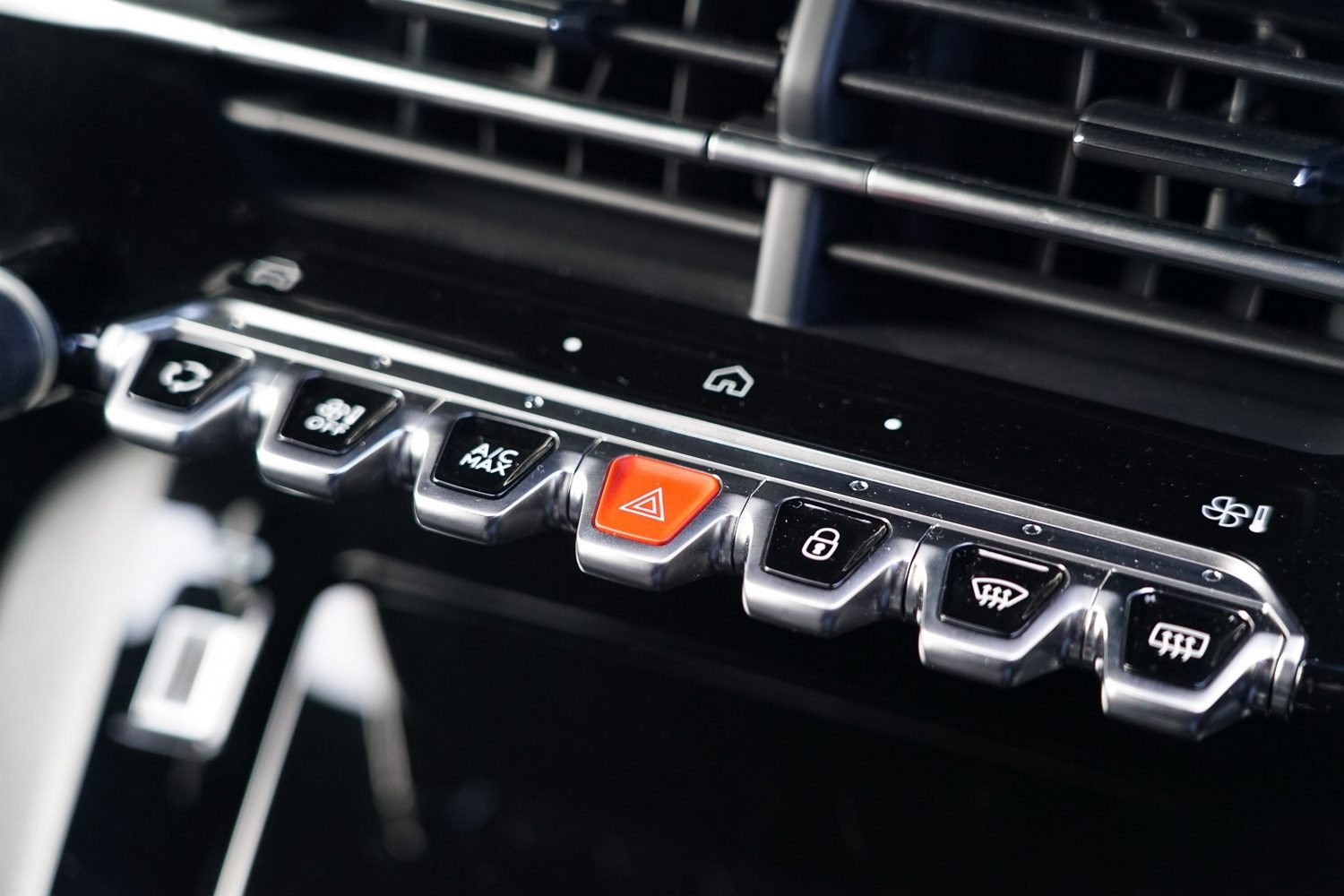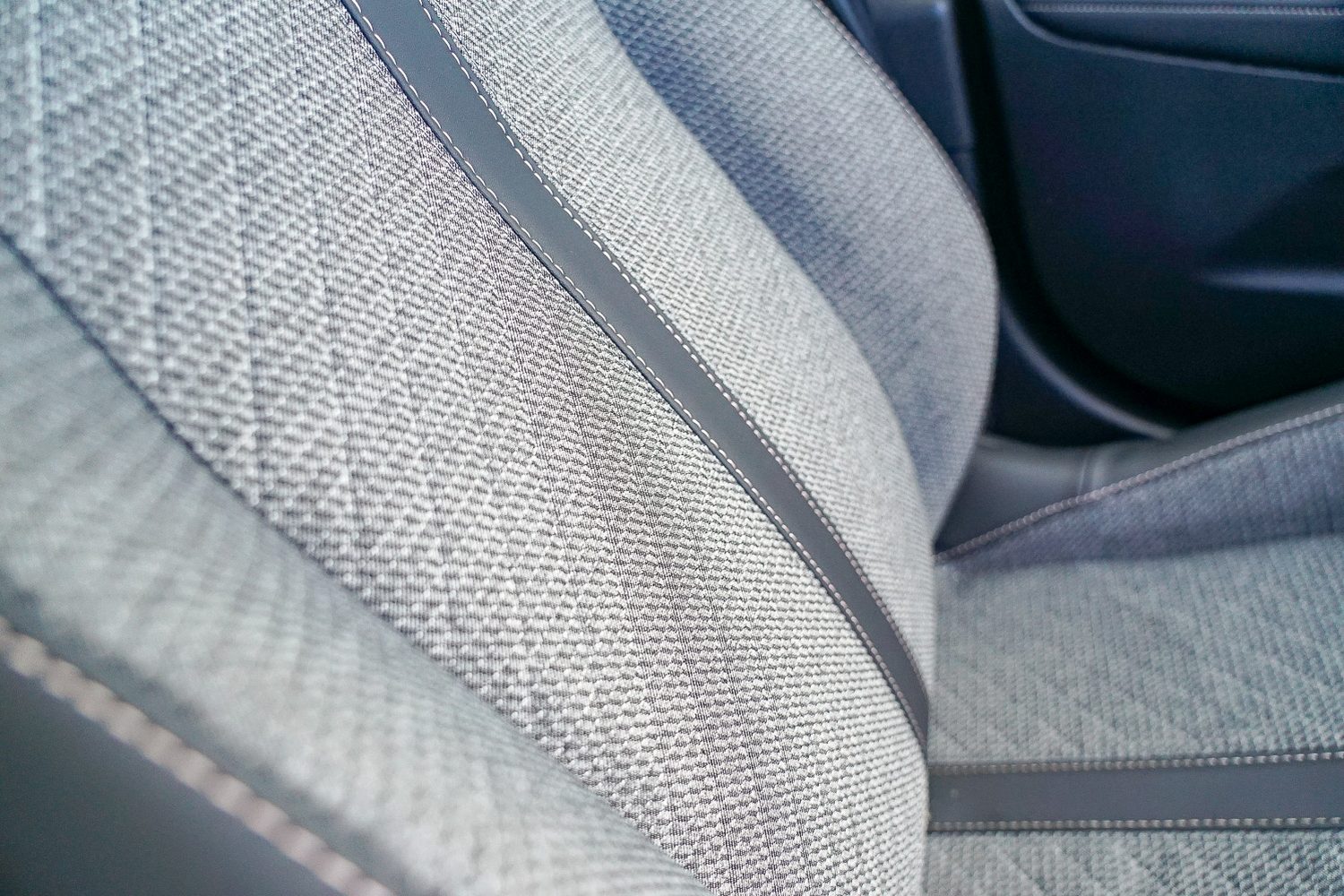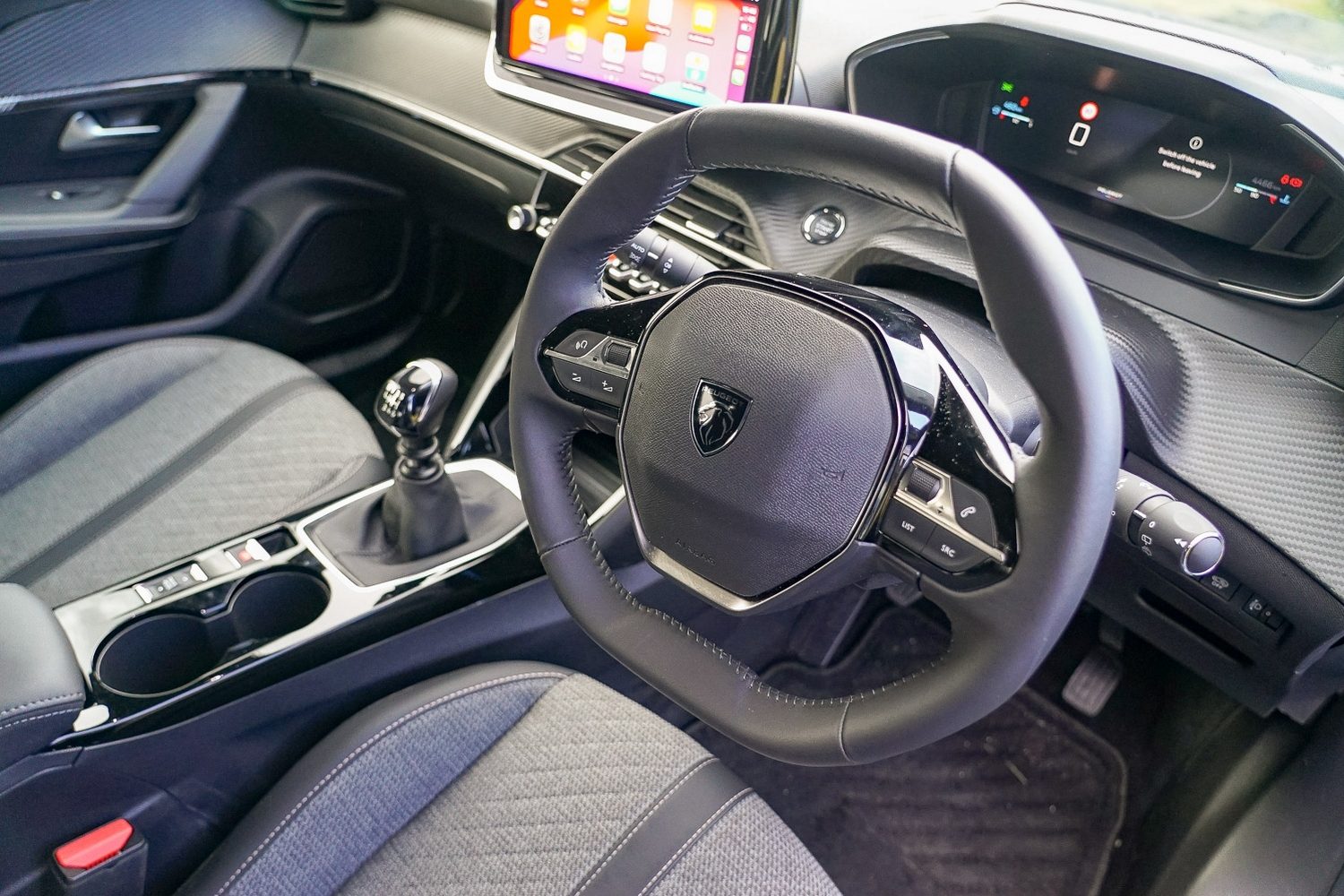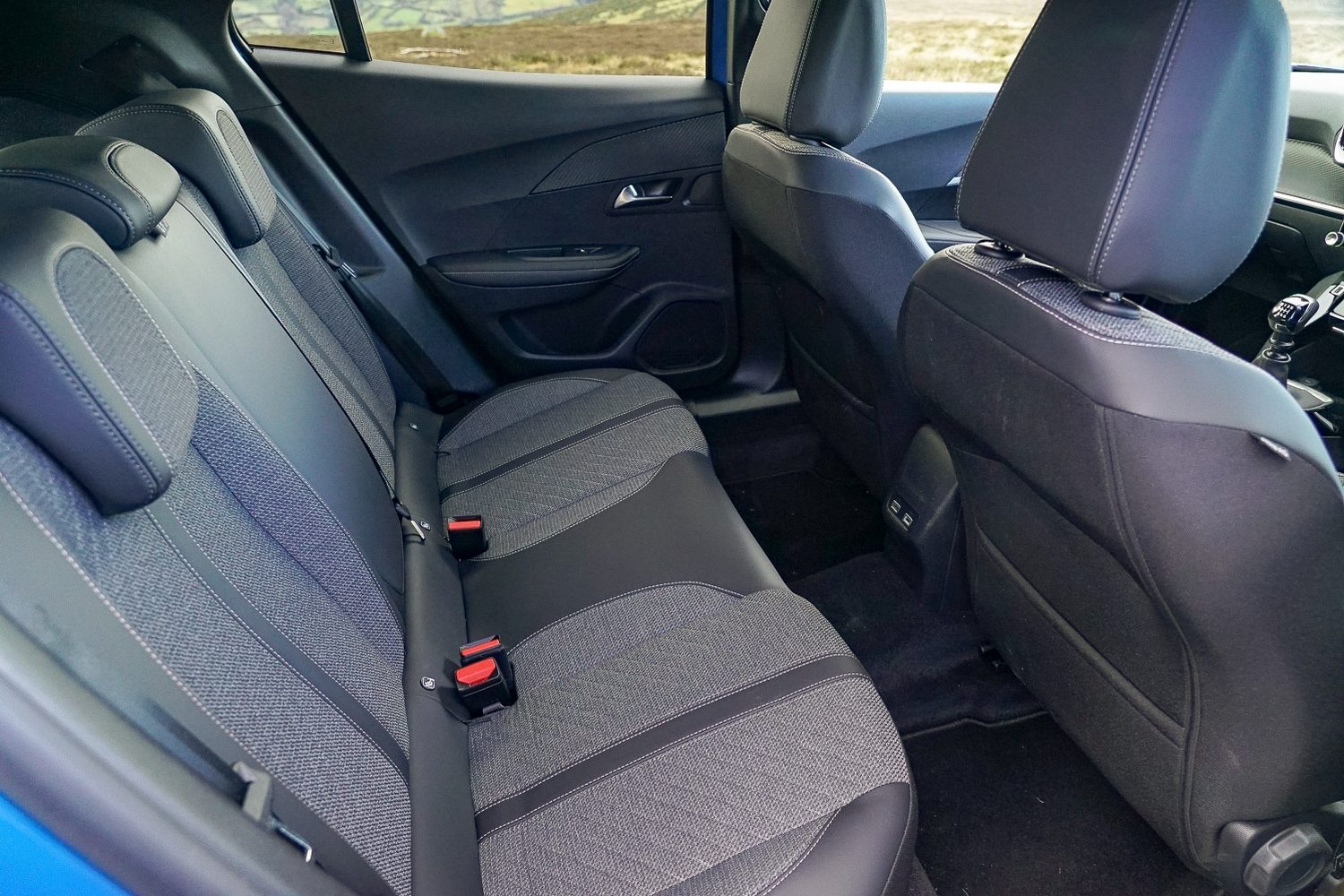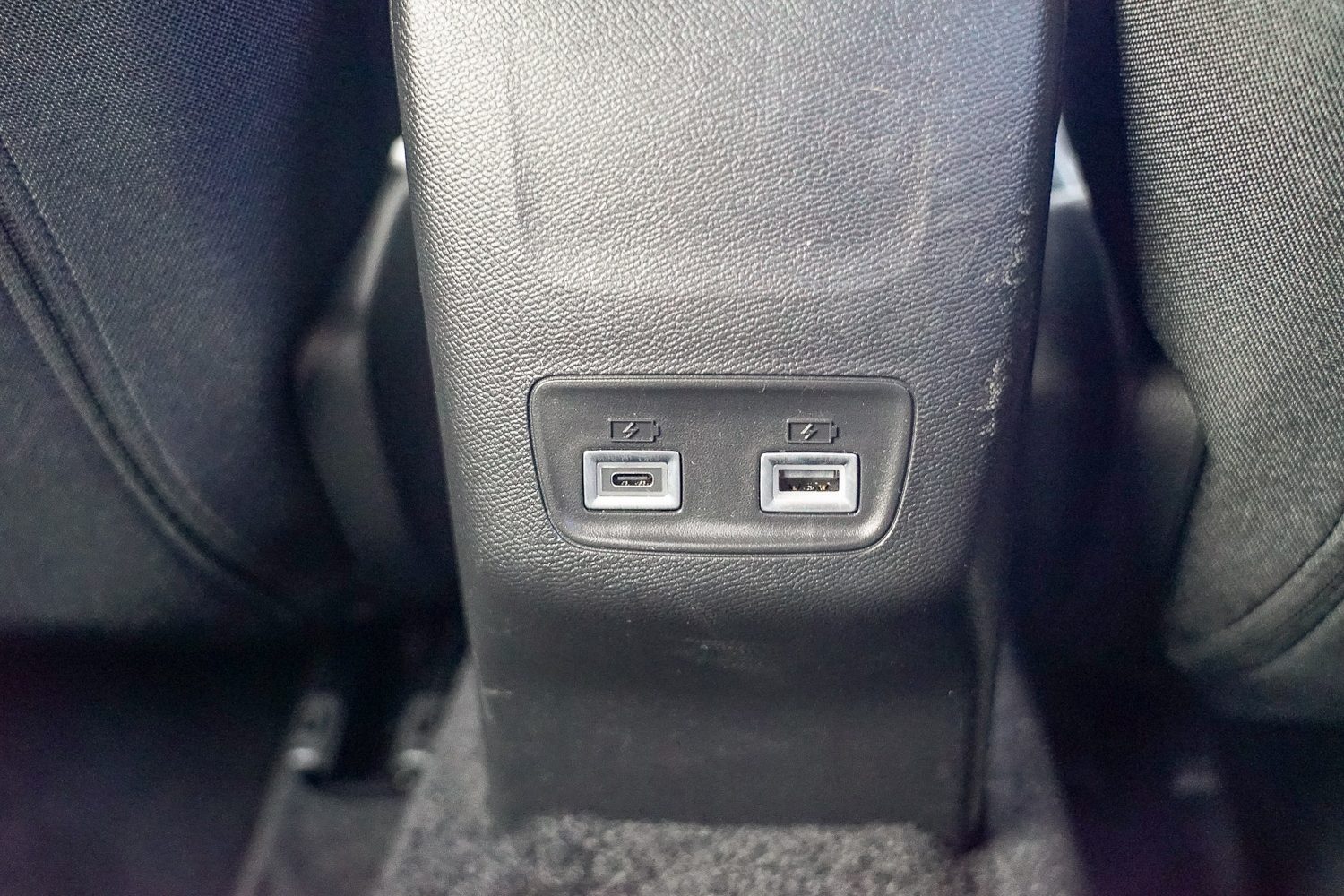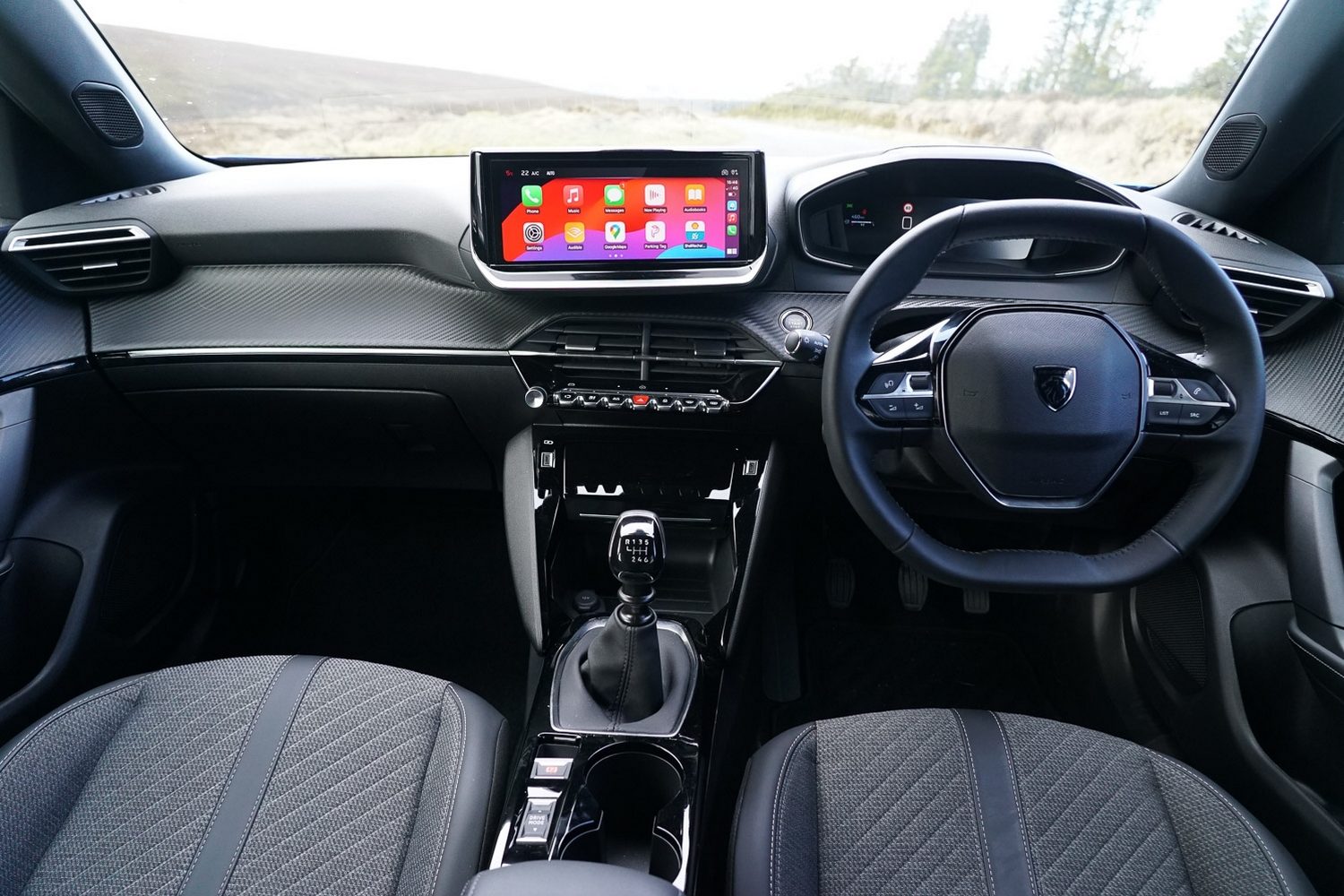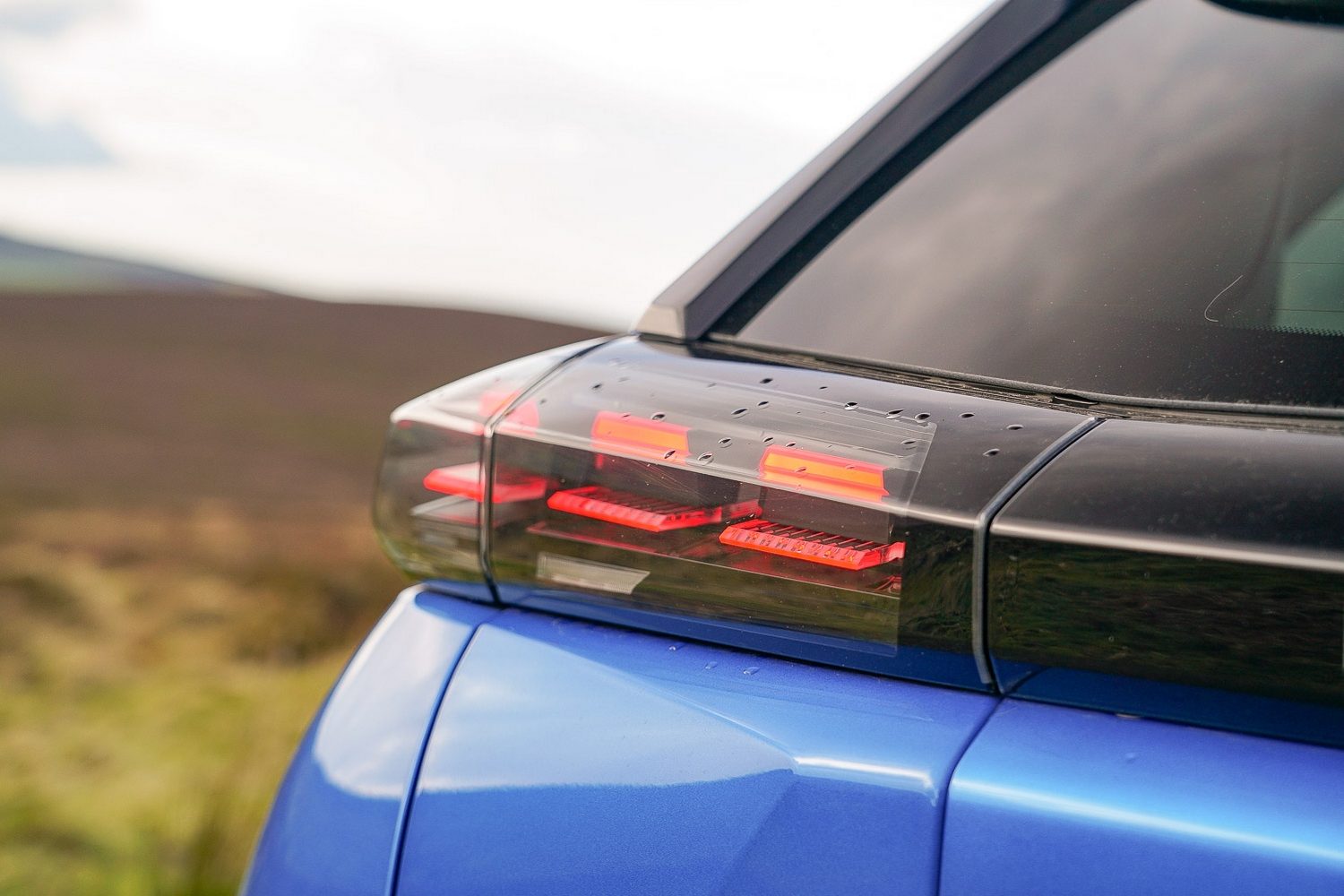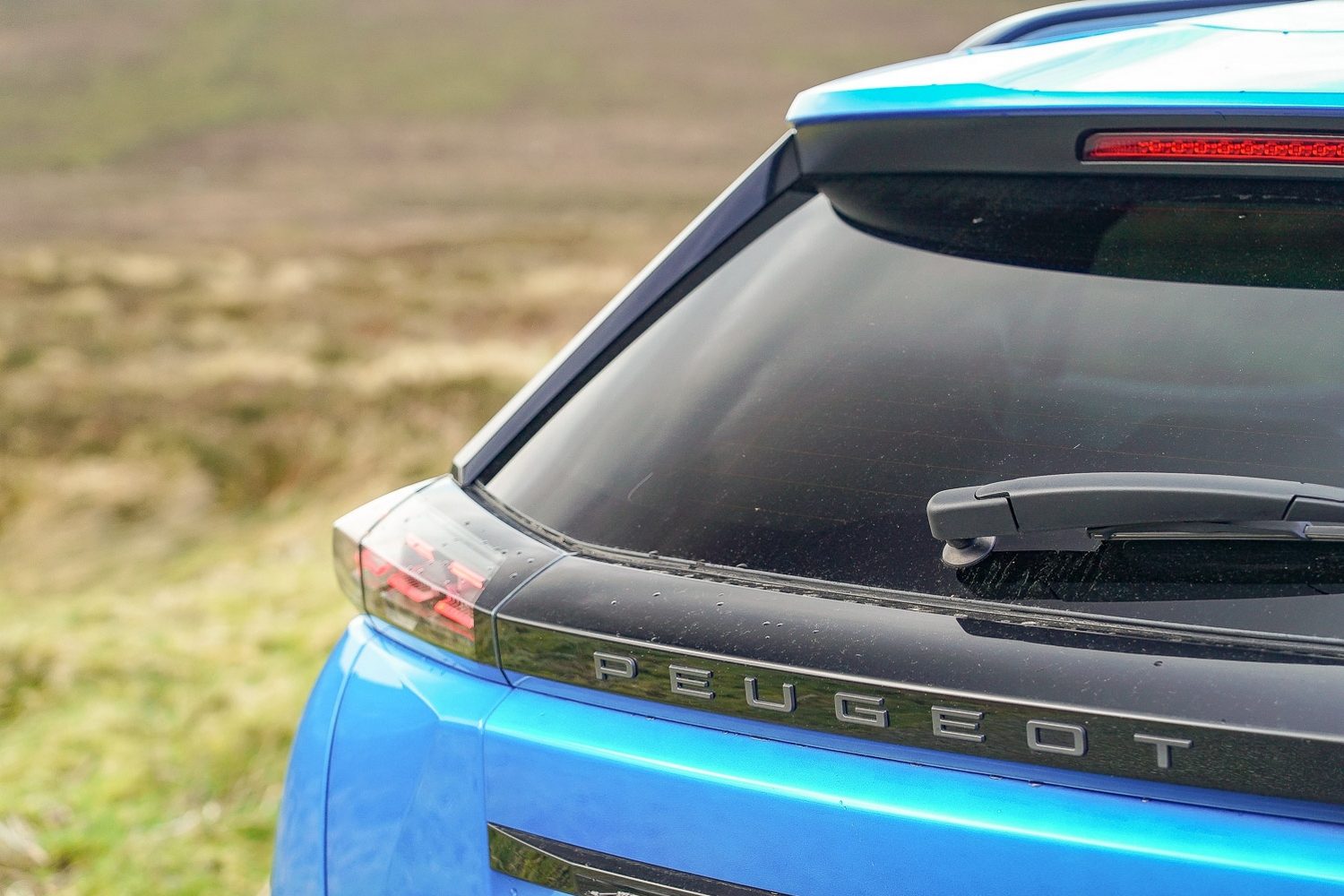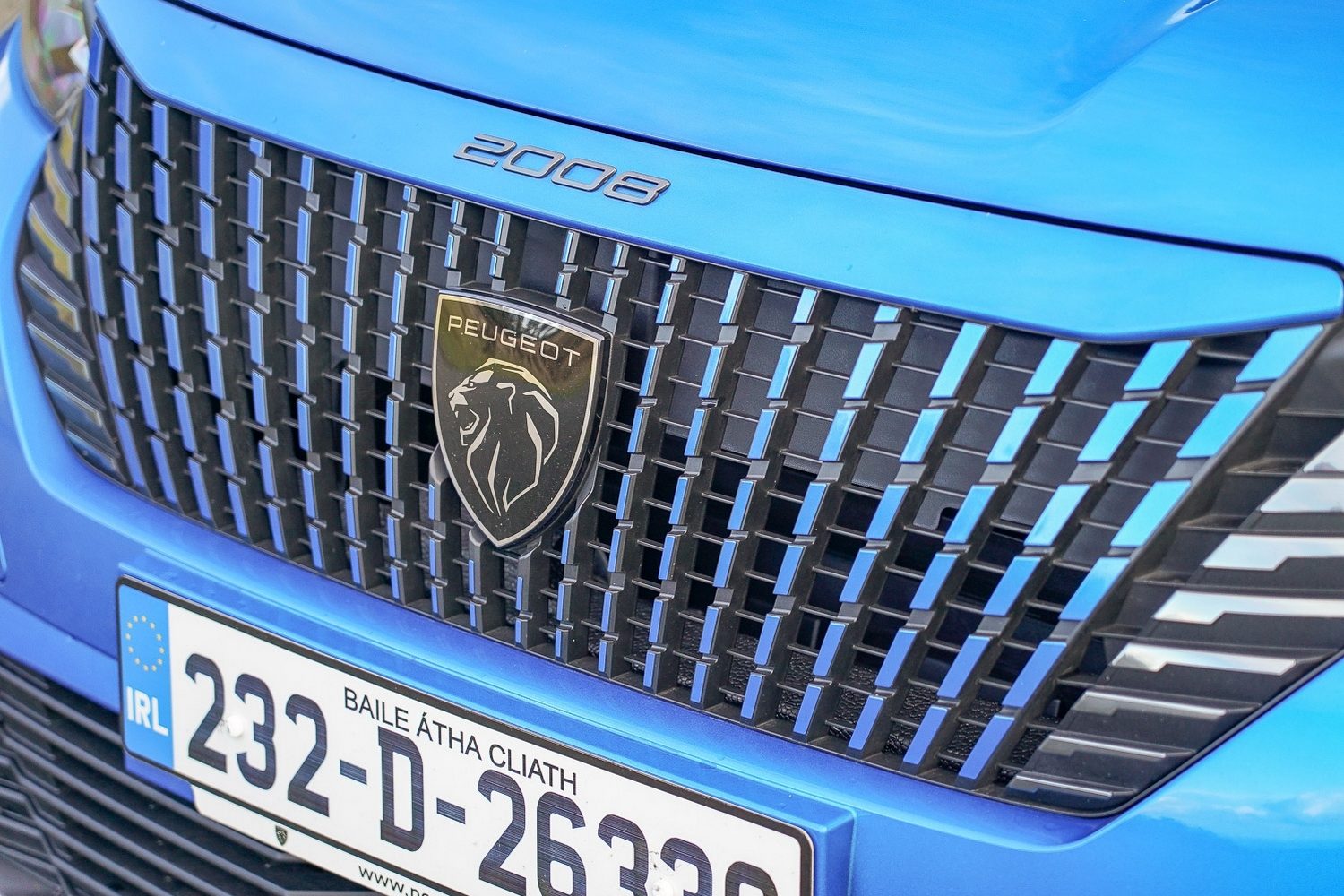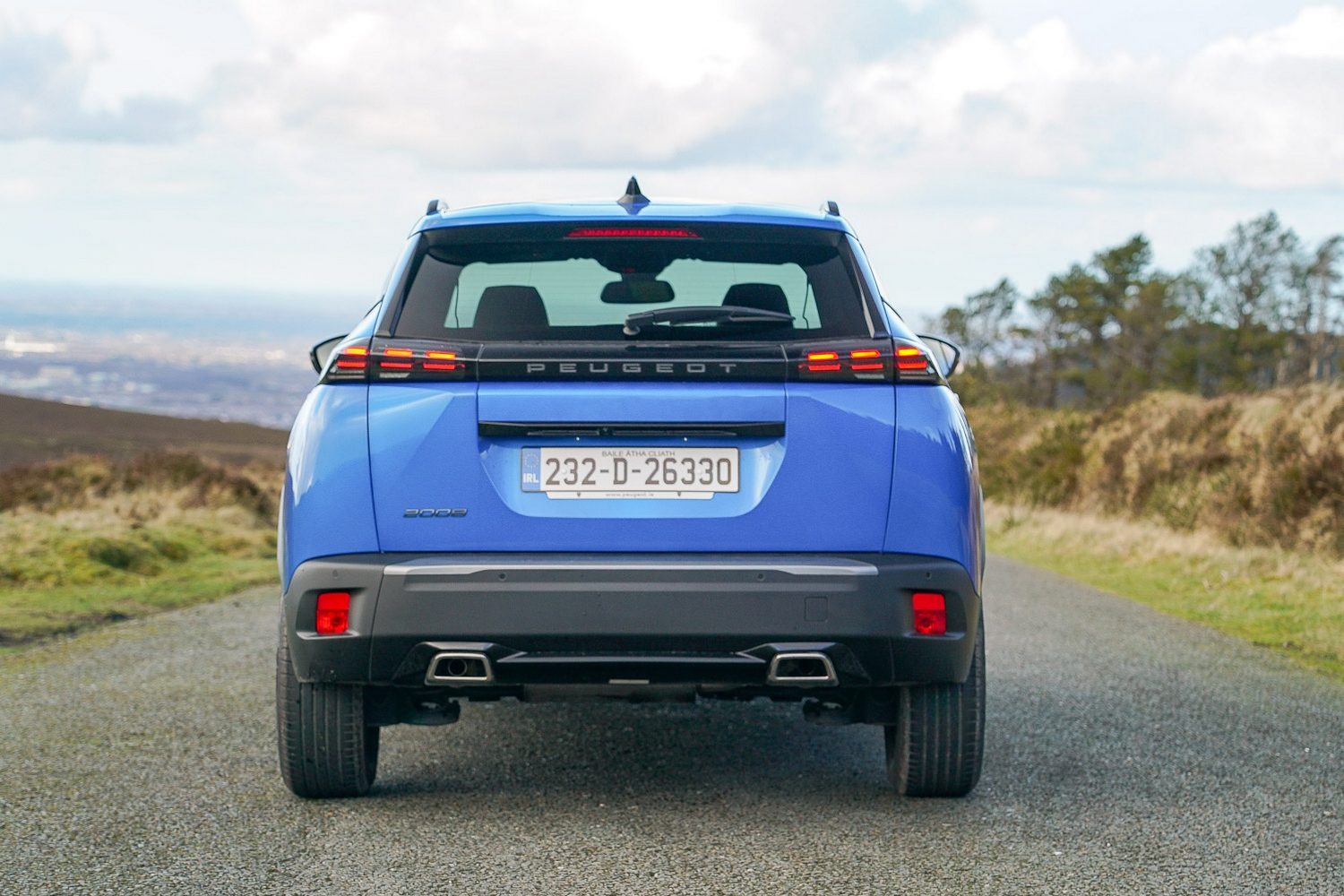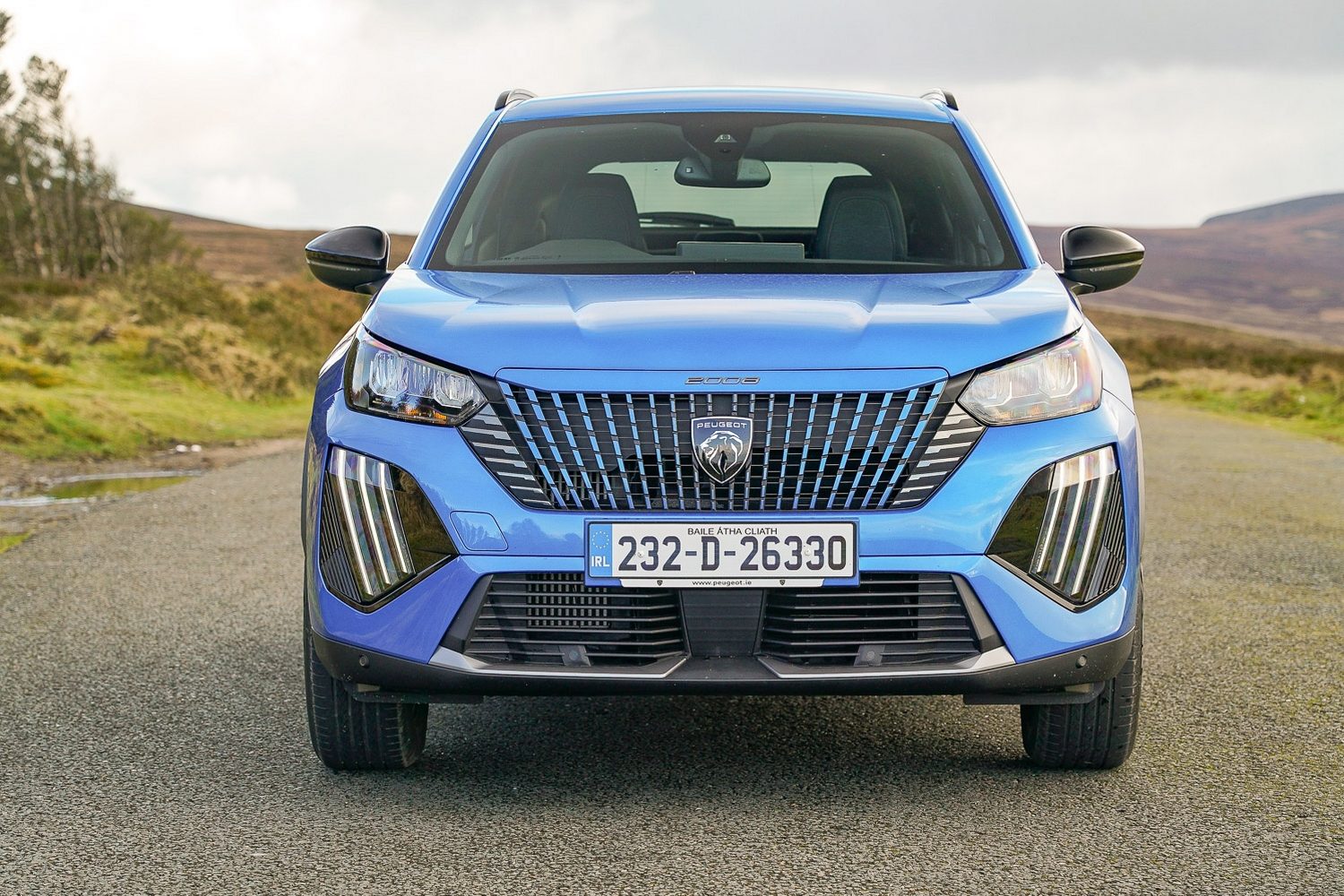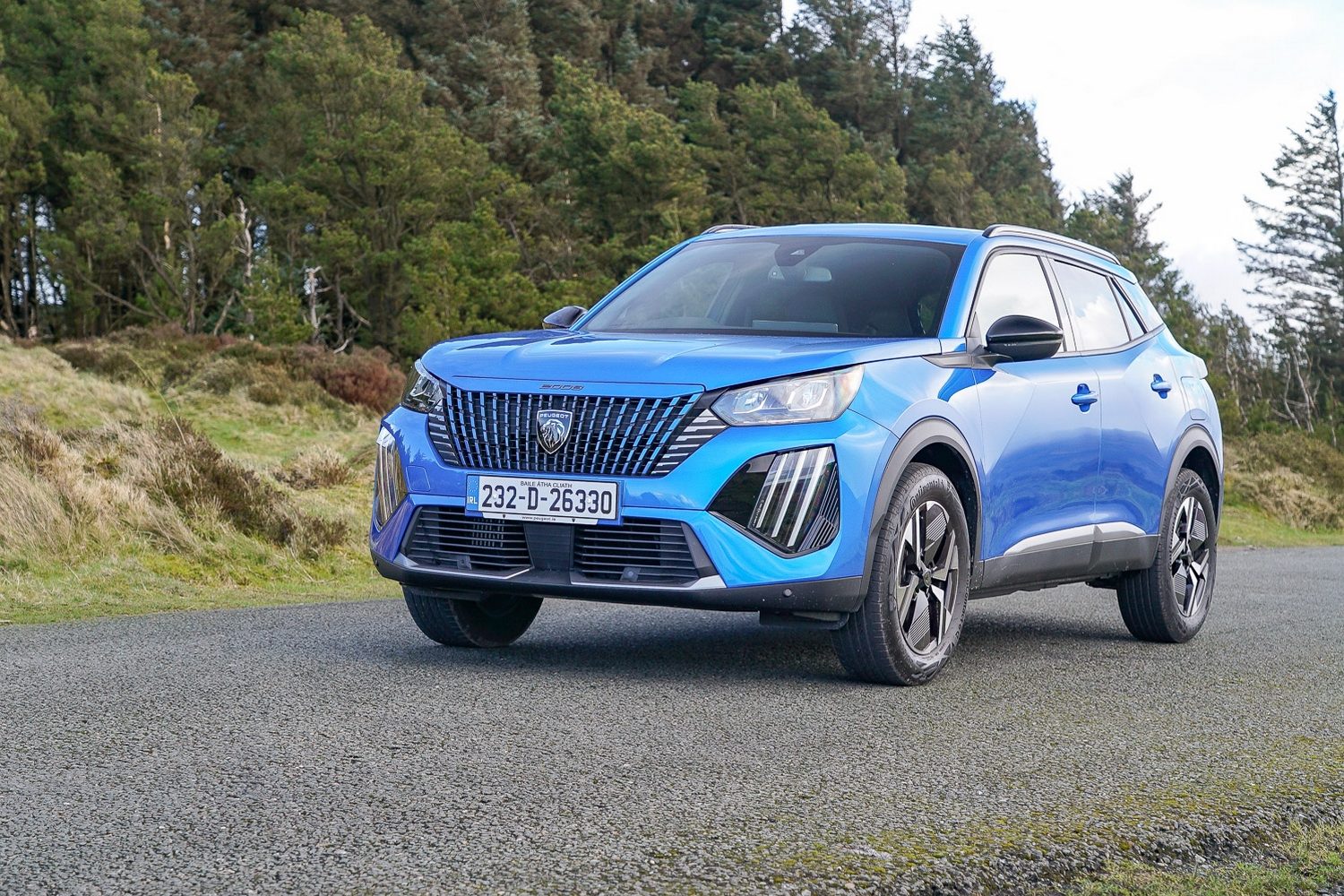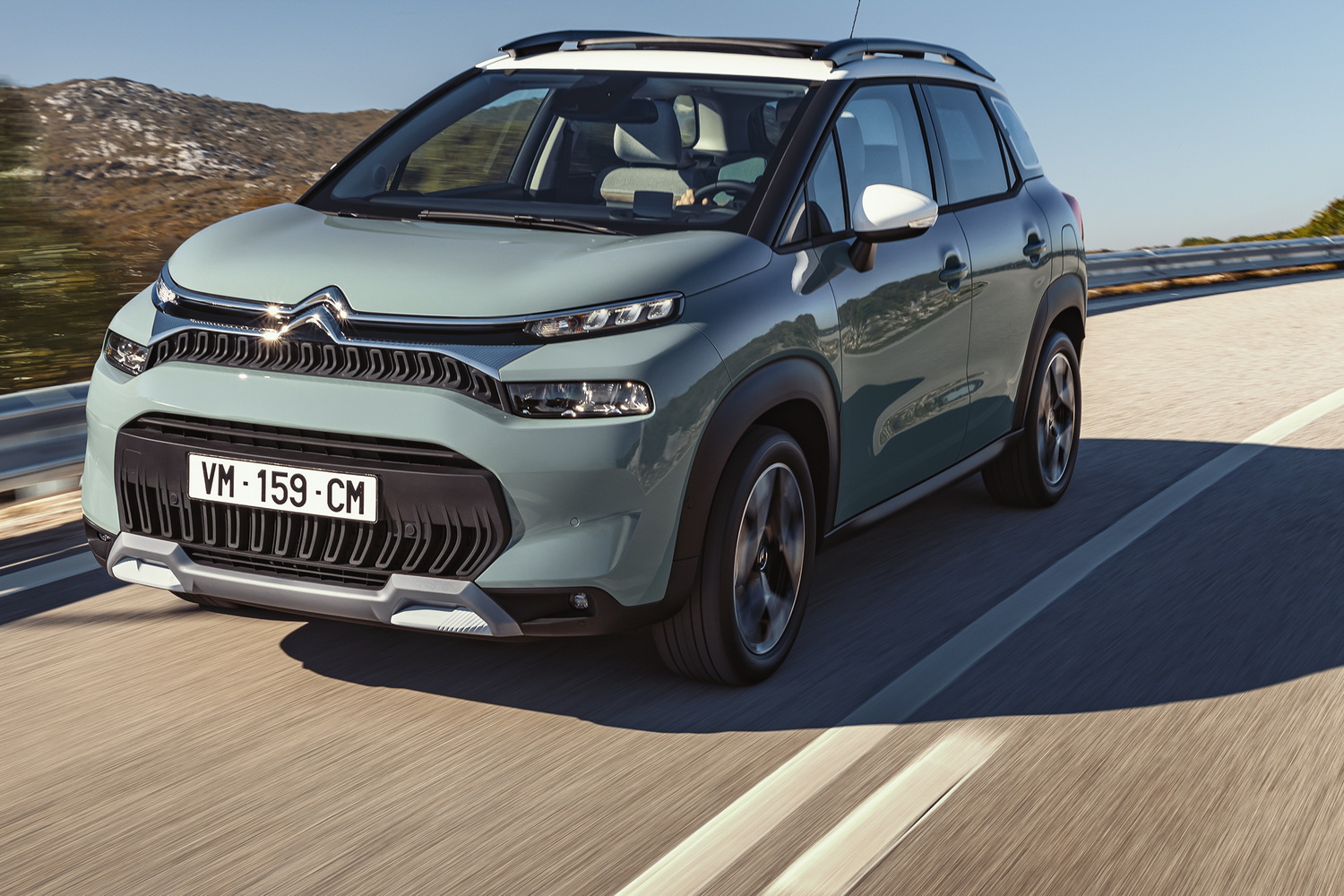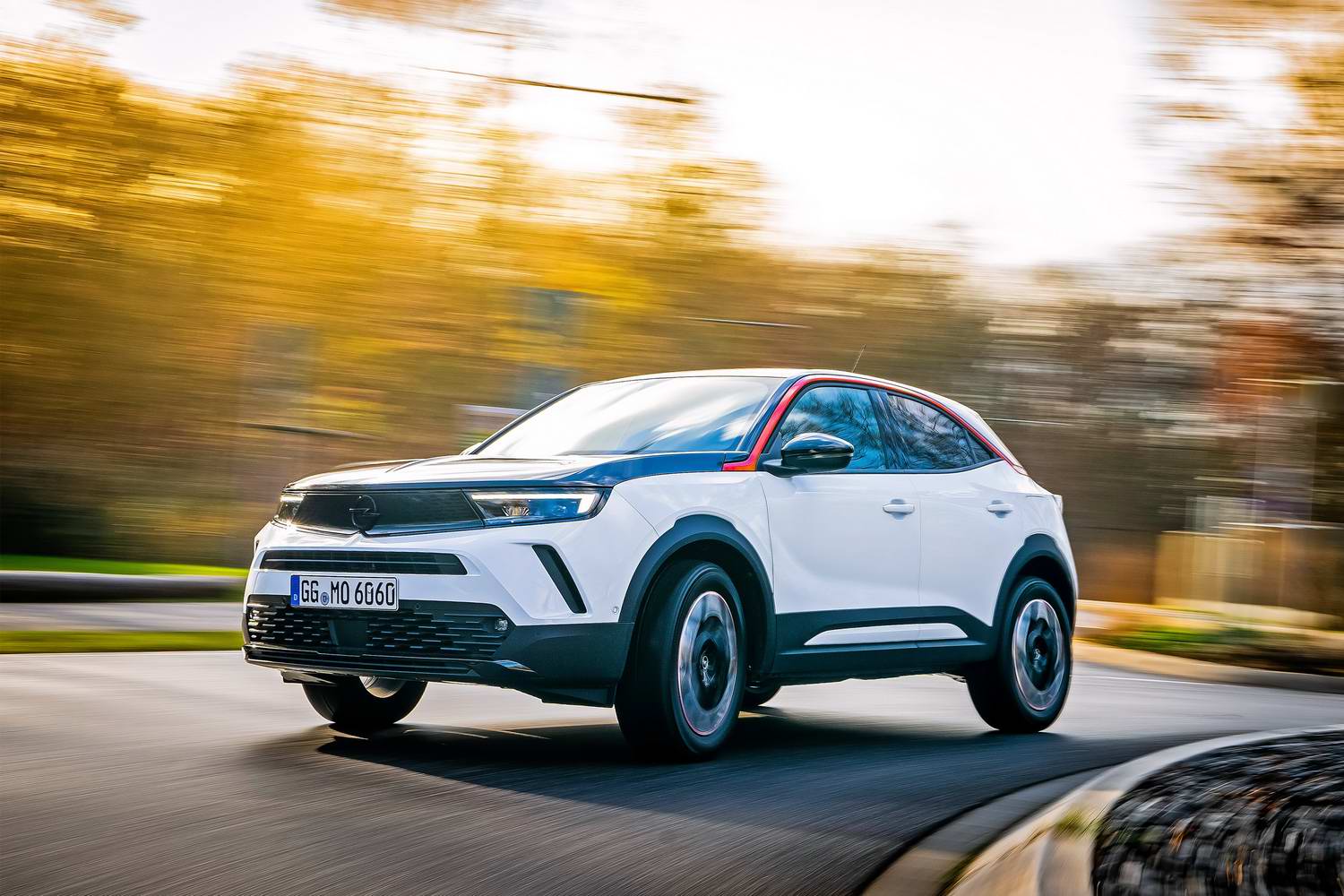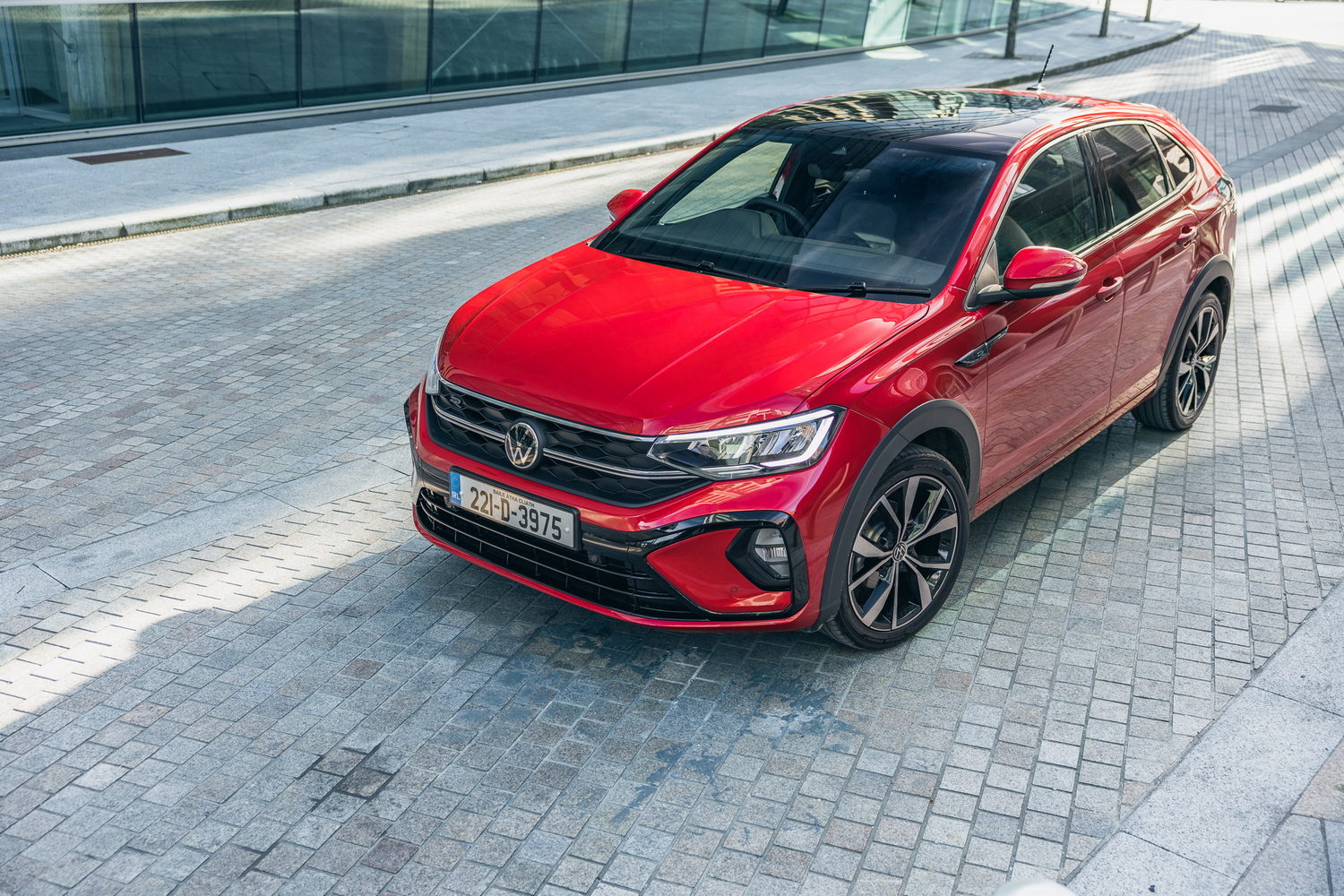Peugeot 2008 overview
The small SUV sector is a competitive area of the market, and the Peugeot 2008 is one of the front runners in the class. For 2024 it's been given a series of updates that are designed to keep it near the front of the pack. While Peugeot is keen to promote the all-electric e-2008, there are petrol models offered at a more affordable price, as tested here.
The updates for the 2008 include a new front end that adds the company's 'three-claw' LED daytime running lights, while top-spec models now come with matrix LED units. At the back, there are redesigned taillights, while new exterior colours and different wheel designs are included as well.
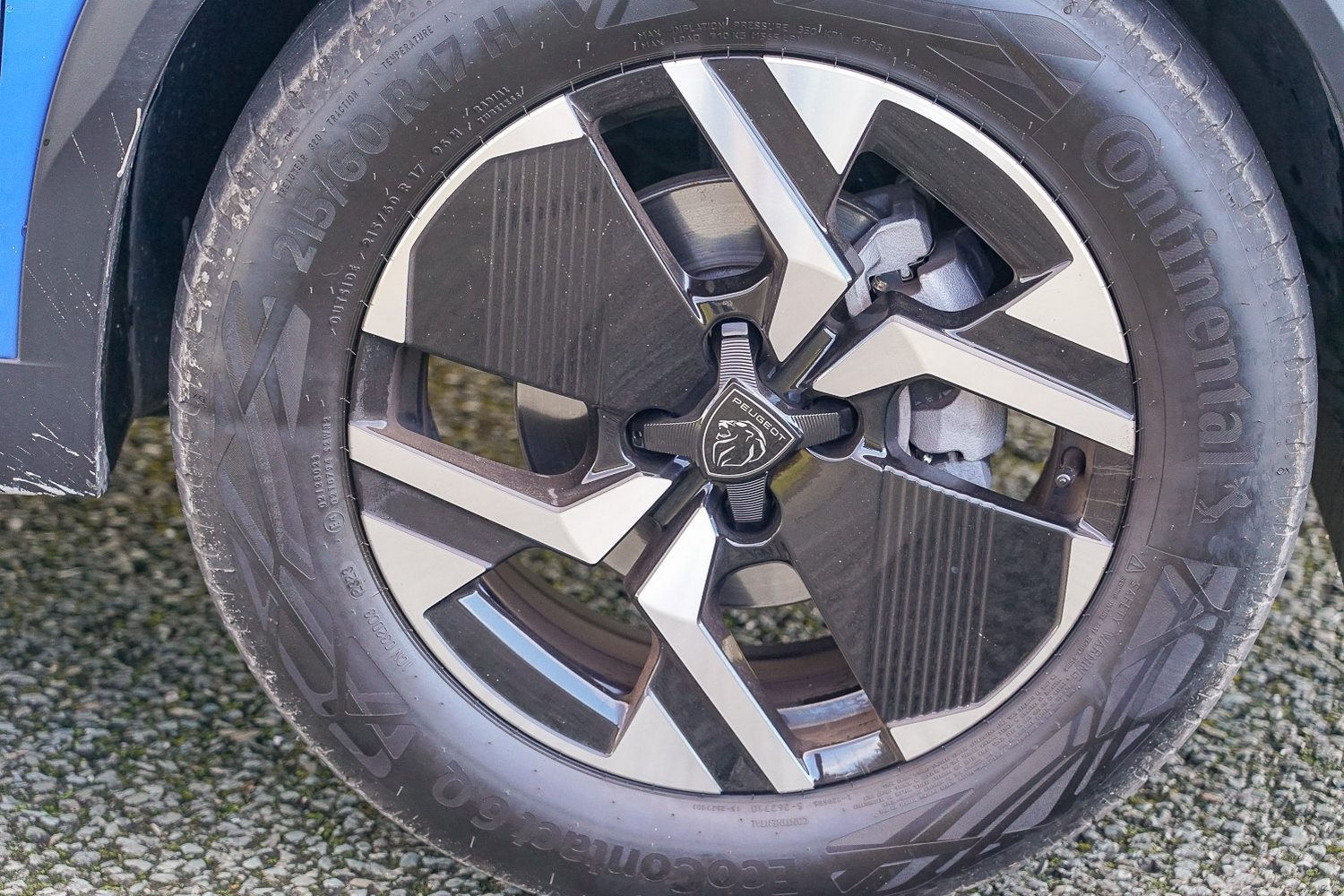
These updates are designed to boost the 2008's appeal in a tough market. Rivals include the platform-sharing DS 3 and Opel Mokka, while the Citroen C3 Aircross is based on older tech within the Stellantis group but is still a spacious and practical small SUV. Elsewhere, the Volkswagen Group offers rivals in the shapes of the SEAT Arona, Skoda Kamiq, VW T-Cross and Taigo, but one of the best models in the sector is the Ford Puma, both in terms of practicality and driving, while the Toyota Yaris Cross, Hyundai Bayon and Kia Stonic are all worth considering, too.
The Peugeot 2008 model range
Irish prices for the Peugeot 2008 start from €30,740, which gets you behind the wheel of an Active model powered by the 1.2 PureTech petrol engine with 100hp and a six-speed manual gearbox. This engine also comes in Allure trim, which is the spec that comes with the widest range of engine options. A more powerful 130hp PureTech 130 version is also offered, while the PureTech 136 adds mild-hybrid technology and a six-speed automatic gearbox. This is the only petrol offering in top-spec GT trim for €37,795.
As well as petrol power, there's also electric drive in the e-2008. Peugeot has updated the battery to a 54kWh unit (up from 50kWh before the facelift), which is connected to a 156hp electric motor. The prices for the e-2008 Active is €35,610 after the SEAI grant and VRT rebate - so still nearly €5,000 more than the petrol version - but the difference is only around €2,500 between the GT mild-hybrid auto and the all-electric version.
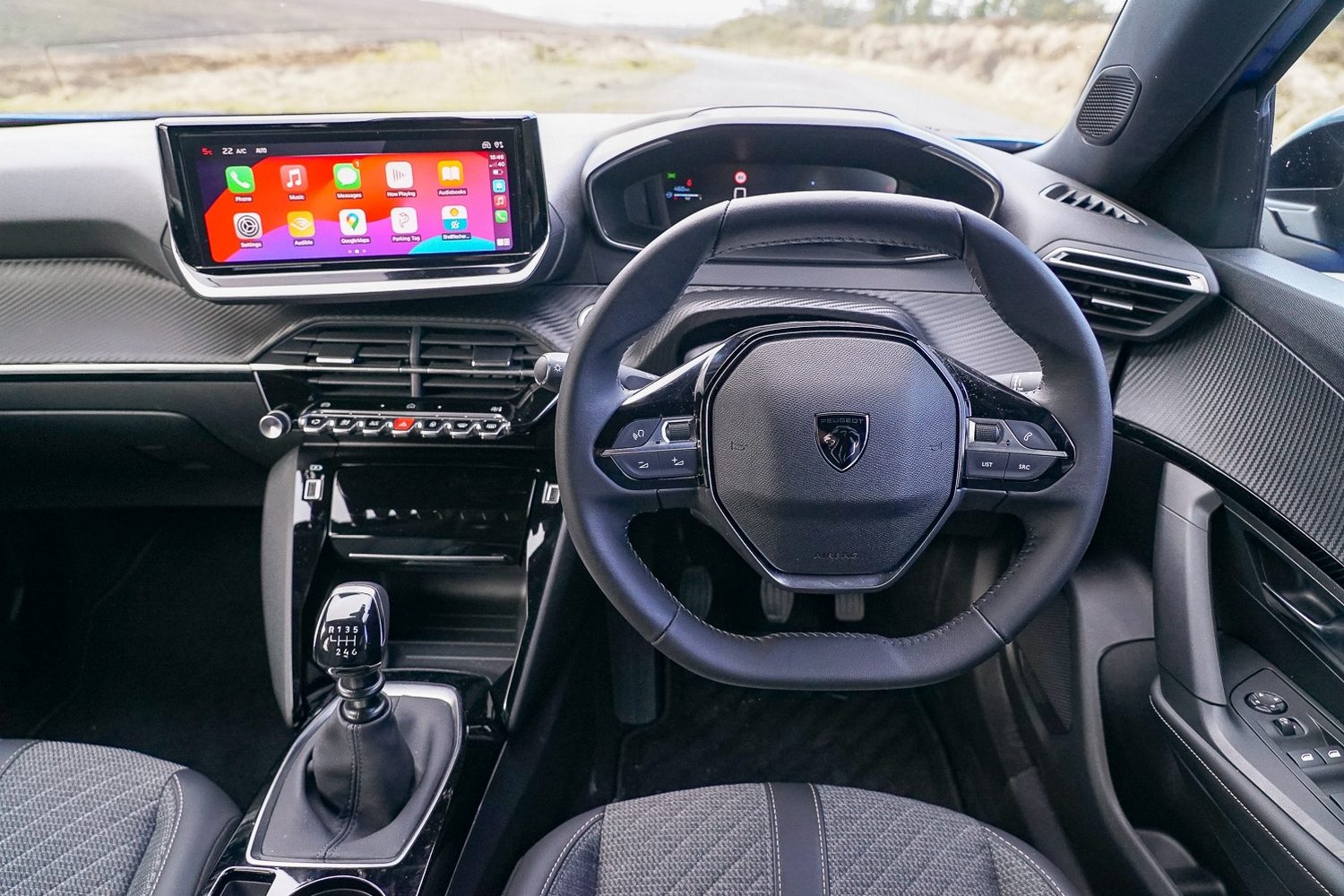
Standard equipment is decent across the range, with Active trim getting luxuries such as 16-inch alloy wheels, LED lights front and rear, electrically adjustable and heated door mirrors, cruise control and speed limiter, lane assist, road sign recognition, driver tiredness alert and automatic emergency braking. Auto lights and wipers, air conditioning, a reversing camera and rear parking sensors are also included, while there's a 3.5-inch driver's display and a 10-inch i-Connect touchscreen infotainment system on the centre console that features Bluetooth, two USB-C connectors and wireless Apple CarPlay and Android Auto.
Step up to Allure trim as tested here, and the automatic braking system is upgraded, front parking sensors are added, 17-inch wheels are fitted, as are roof bars, different interior and seat trim, a slit-level boot floor, extra window tinting, an electric parking brake, drive modes and additional USB sockets for the back seats.
At the top of the range, GT cars add sports seats with part-synthetic leather upholstery, matrix LED headlights with main beam assist, a 360-degree camera system, blind-spot monitoring, keyless entry and starting, eight-colour ambient lighting, a 3D head-up display, wireless phone charging and extra gloss black detailing on the outside, including a contrast roof.
Peugeot also offers a few options for the 2008. Metallic paint is €675 extra, while Signature red and blue hues are €900, and you can add the GT's keyless entry and starting to Allure trim for €450. A panoramic glass roof is a €1,575 option on GT cars, while the Drive Assist Pack adds adaptive cruise control for €565. The GT model can be upgraded with the Drive Assist Plus Pack for €675, which adds adaptive cruise with stop-start traffic function but is only offered with the mild-hybrid auto model. Heated front seats are a €270 option on Allure trim.
The Peugeot 2008 interior
For this update, Peugeot has ramped up the tech on board, but the i-Cockpit layout is retained. That means you get a small steering wheel with the dial pack in a pod that's positioned high on the dashboard so you can see it over the rim. It's a layout that Peugeot has persevered with since the original 2008 was introduced, with the idea being that you don't need to look as far from the road to check them while driving. While the layout is easier to get along with here than in some other Peugeots, having to compromise your driving position so you can see the dials properly might be a step too far for some buyers.
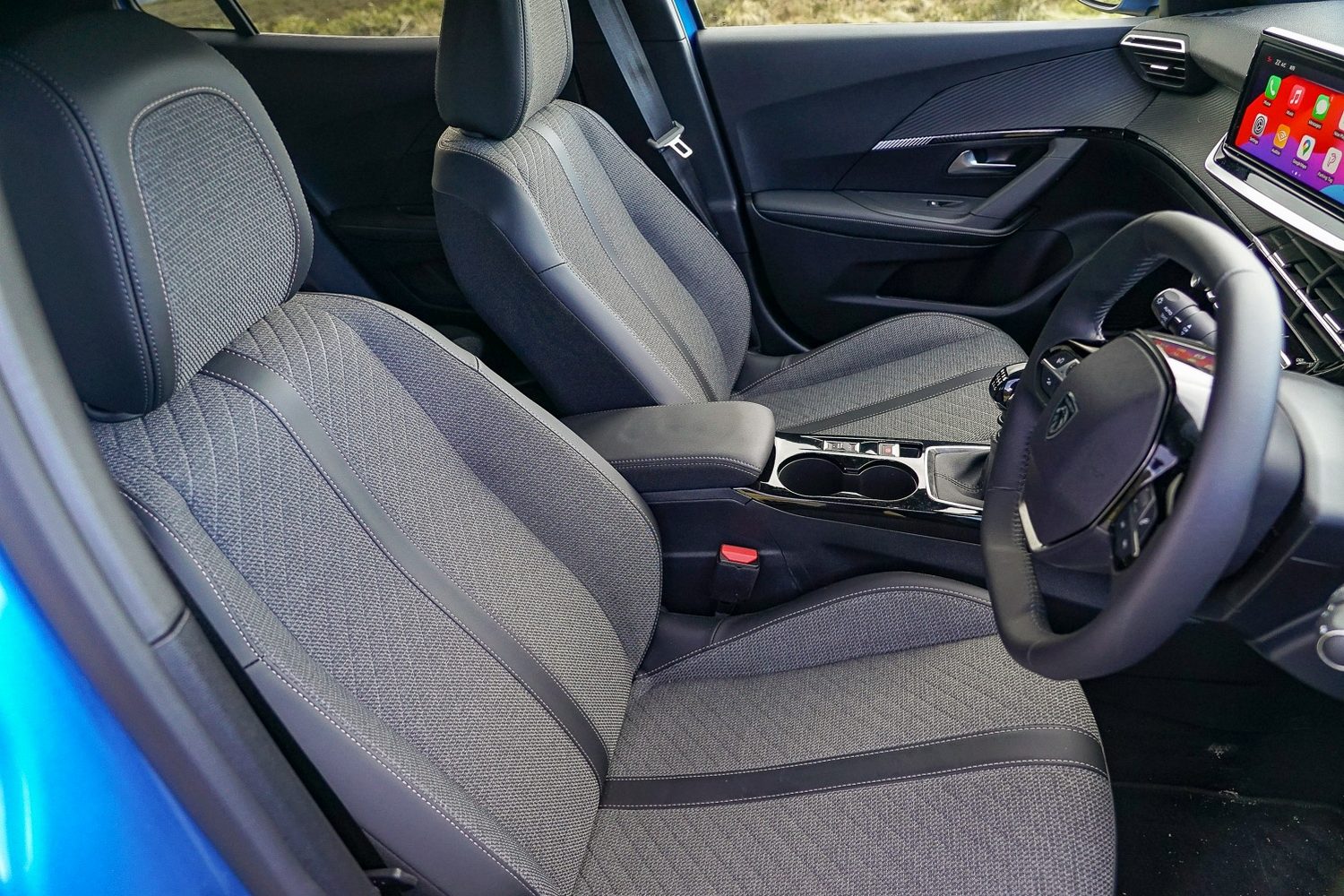
If it's something that doesn't bother you, then the updated cabin is sure to be appealing. There are new graphics for the 10-inch central touchscreen, while the 10-inch instrument cluster fitted to Allure models and above also benefits from the new appearance.
As is the norm with a mid-life facelift, Peugeot's revisions do nothing to improve cabin or boot space, so room in the back seats is bearable for adults when needed, while two sets of ISOFIX child seat mounts are in the outer rear chairs. There are various storage solutions dotted around the cabin, too, while the boot is decent for the class, with 434 litres on offer in five-seat mode, or 1,467 litres with the back seats folded.
The Peugeot 2008 driving experience
Peugeot's 1.2-litre PureTech engine, a turbocharged three-cylinder unit, is a staple of the Stellantis group, since it's used in an enormous range of models. It comes in 100hp, 130hp and 136hp mild-hybrid guises in the 2008, all of which drive the front wheels (while the 2008 is styled like an SUV there's no four-wheel drive offered), with six-speed manual gearboxes for the two lower-powered options, and a six-speed auto for the mild-hybrid version.
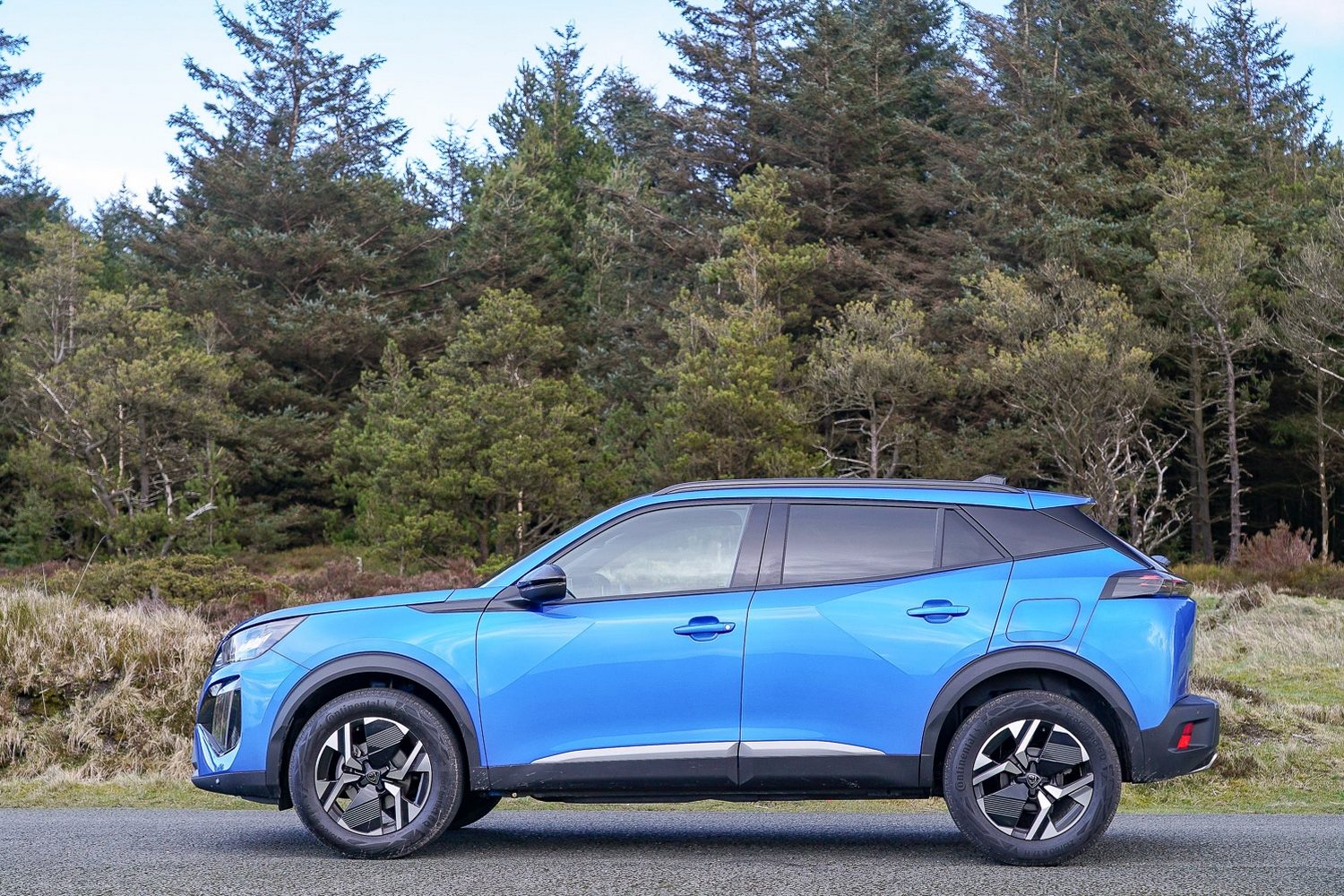
There are driving modes on offer in the Allure model that alter the car's responses, with Normal and Eco settings for manual gearbox cars, or Normal, Eco and Sport modes for the mild-hybrid and electric versions. With the manual model, this just sees throttle response curtailed in Eco mode, which is designed to help save energy, but as is often the case with these modes, many drivers just end up using the accelerator harder to make up for the reduction in power.
Saying that, the combination of relatively low weight and plenty of low-down torque from the petrol engine means you don't need to change down a gear too often to pick up the pace. That should be to the benefit of fuel economy as well, though we didn't quite manage to match the official figure in a week of mixed driving in cold conditions.
The 2008 is a pleasant enough crossover to drive with light controls, decent visibility in all directions and suspension that manages to isolate the cabin from the worst of the road surface without letting the car lean too much in corners.
Our verdict on the Peugeot 2008
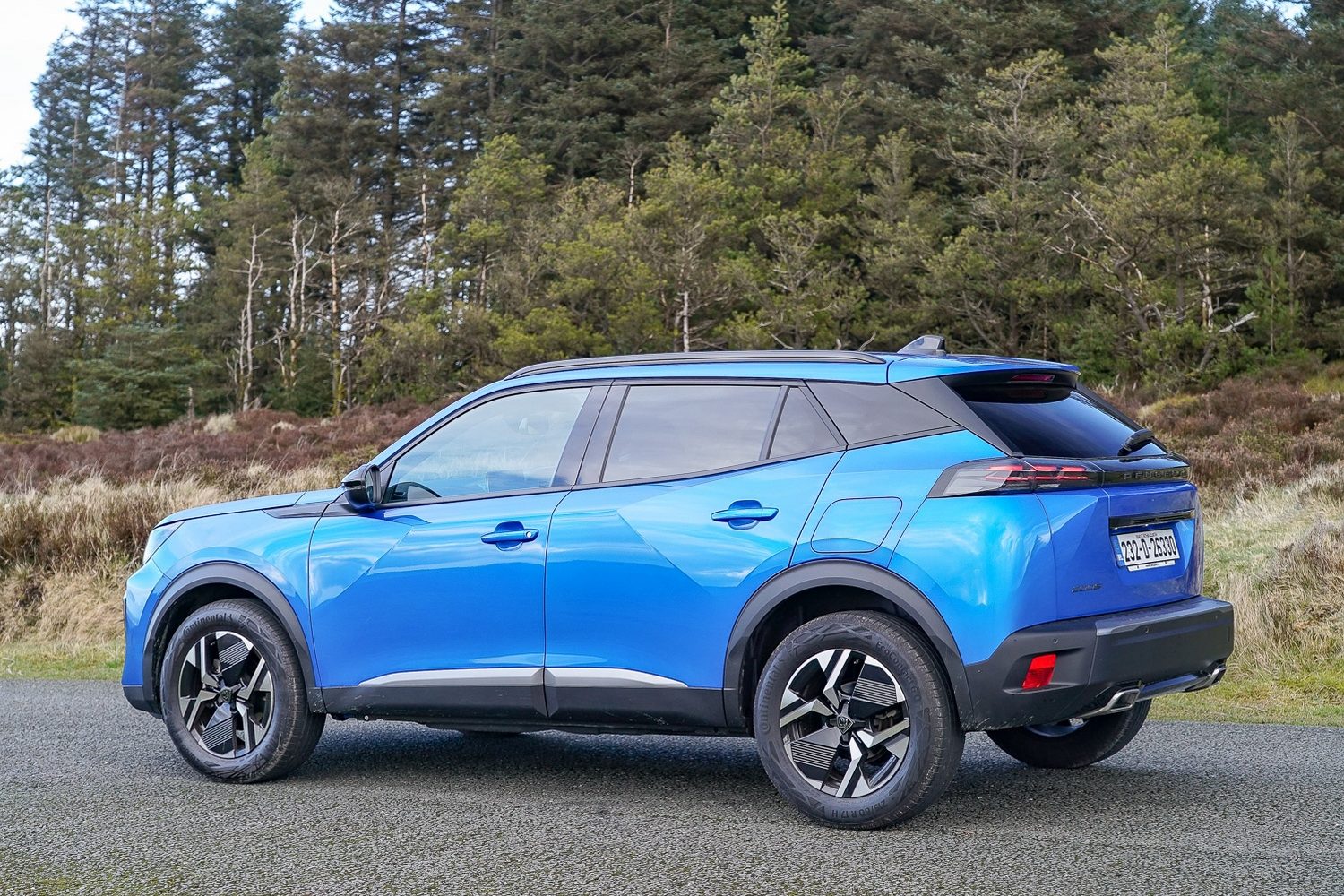
The 2024 updates further enhance an already very likeable small crossover. The Peugeot 2008 is more stylish than ever, it's well-equipped, is a good all-rounder on the road and there's plenty of choice in the line-up to suit all needs.

